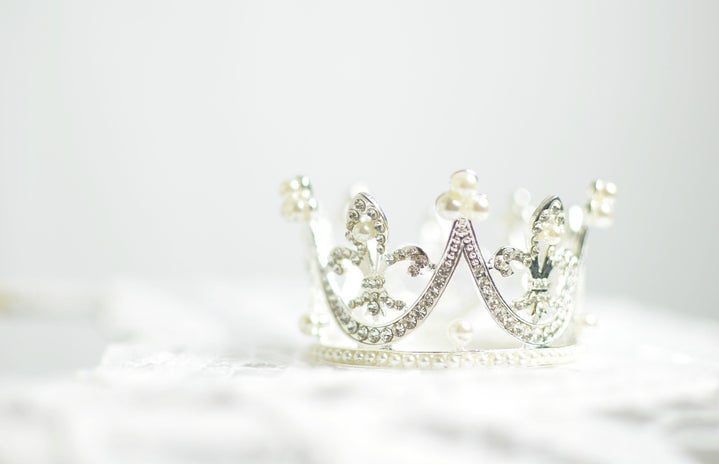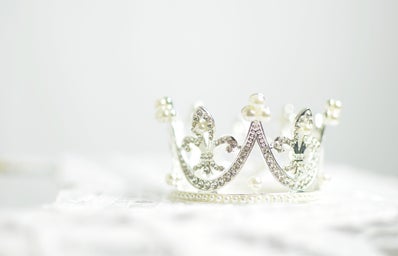It was only a few days ago that my mother broke a rather startling piece of information to me: buying diamonds is an absolutely worthless investment. It is because their resale value is nothing but nickel-and-dime. Yes! For instance, if you purchased a diamond for 1 lakh rupees, you’ll get only twenty to thirty percent of its original value. So, diamonds are actually price-less, hope you got the pun!
A diamond is a mineral composed of pure carbon. It is the hardest naturally occurring substance known. The hardness, brilliance, and sparkle of diamonds make them unsurpassed as gems and in the symbolism of gemstones, the diamond has come to represent steadfast love. They are the most precious gemstones but if you compare them to other gemstones like rubies, sapphires, and emeralds, it’s not really obvious why. We have numerous stones that look exactly like diamonds, for example, White Sapphire, White Topaz, White Zircon, White Quartz, Goshenite, Moissanite, and Cubic Zirconia. Scientists can synthetically produce lab-grown diamonds with the exact hardness, brilliance and chemical composition and yet people spend a significant amount to buy the real thing. How did this piece of mined carbon become both a status symbol and a sign of everlasting love?
The earliest diamonds were found in India in the 4th century BC, although the youngest of these deposits were formed 900 million years ago. At the time of their discovery, diamonds were valued because of their strength and brilliance, and for their ability to refract light and engrave metal. Diamonds were worn as adornments, used as cutting tools, served as a talisman to ward off evil, and were believed to provide protection in battle. In the Dark Ages, diamonds were also used as medical aid and were thought to cure illness and heal wounds when ingested. The history of the engagement ring began in 1215, when Pope Innocent III, one of the most powerful popes of the Middle Ages, declared a waiting period between a betrothal and the marriage ceremony. The rings were used to signify the couple’s commitment in the interim. It was around this same time that rings were introduced as a major component of the wedding ceremony, and it was mandated by the Roman government that all marriage ceremonies be held in a church. In addition to serving as symbols of an intention to marry, these early rings also represented social rank; only the elite were permitted to wear ornate rings or rings with jewels. The first recorded presentation of a diamond engagement ring was in 1477 when Archduke Maximilian of Austria proposed marriage to Mary of Burgundy. Although engagement rings were common at this time, diamonds were a rarity and were reserved for royalty and the upper elite class.
But it wasn’t until the middle of the 20th century that diamonds gained the immense popularity that they bask in today. In 1870, Cecil Rhodes, a 17-year-old Britisher was sent to Cape colony, now South Africa. If that name doesn’t ring a bell now, it will when I tell you that this boy grew up and founded the diamond giant that ruled the world for decades together; the DeBeers group. The DeBeers group was so brilliant and sagacious in its marketing scheme that only after 2 decades of its establishment, not only did it control and purchase 90% of the world’s diamond produce but its net worth was around a whopping 5.2 billion dollars. DeBeers’s advertisement gimmicks were a part of creating unwavering demand and it gave us one of the most successful tag lines in history: A diamond is forever. 1939 saw Scarlet O’Hara begging for a big diamond and by 1950, diamonds were literally a girl’s best friend! The campaign ran successfully in Japan and China. By the 1940s, 90% of the American, Japanese and Chinese brides got a diamond in their rings.
So, it was the advertisement campaign that DeBeers ran that made diamonds highly symbolic in nature for both men and women. For a woman, owning diamonds meant she had an amazing husband and for men, it was directly linked to their professional success. DeBeers also came up with another clever ploy that stated that a woman’s engagement ring must be worth 2 months of her man’s salary. It is like the size and the cost of the diamond signified how much your man loved you.
Like Beyoncé says, “If you like it, you should put a ring on it,” and I couldn’t have agreed more. But if your ring isn’t worth 2 months of your significant other’s salary, don’t be upset, because I don’t think that a diamond is forever, it is the value of the person who gave you the diamond that is forever.


